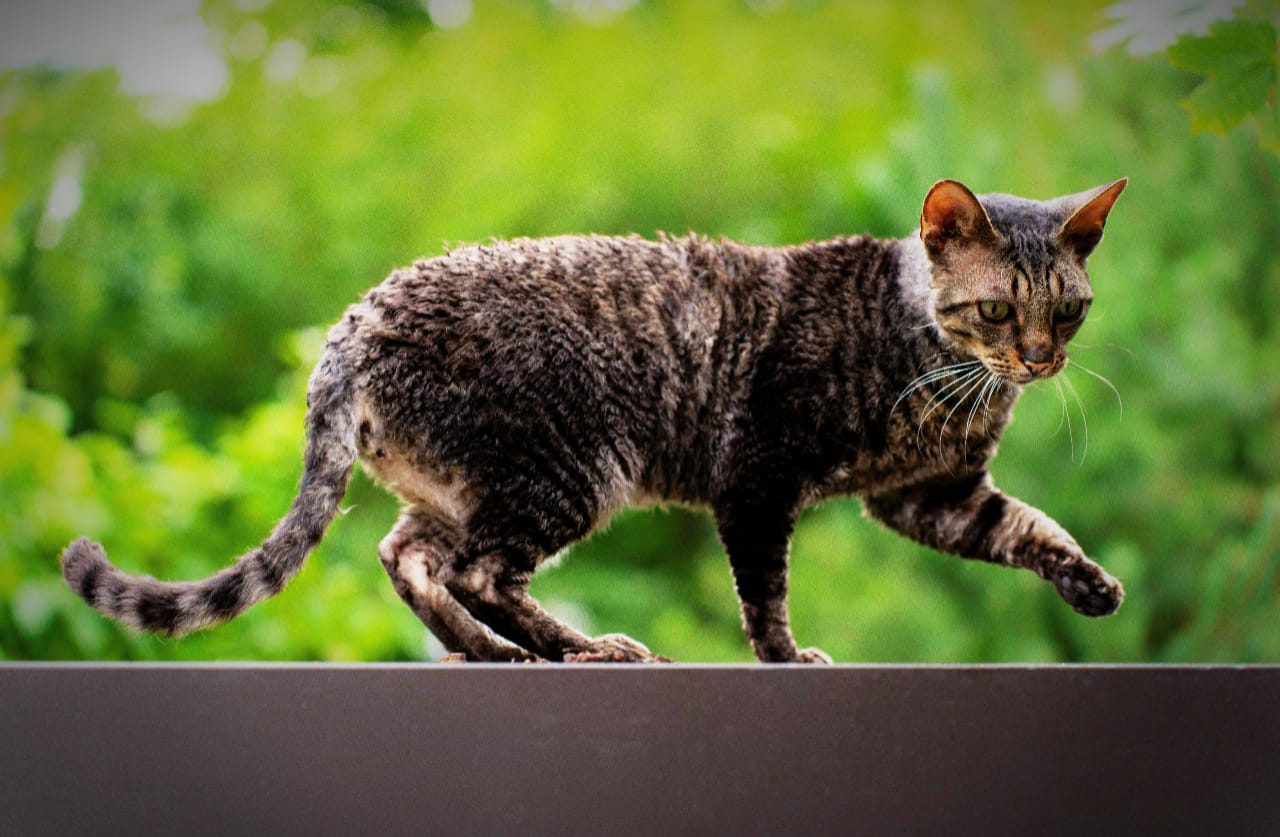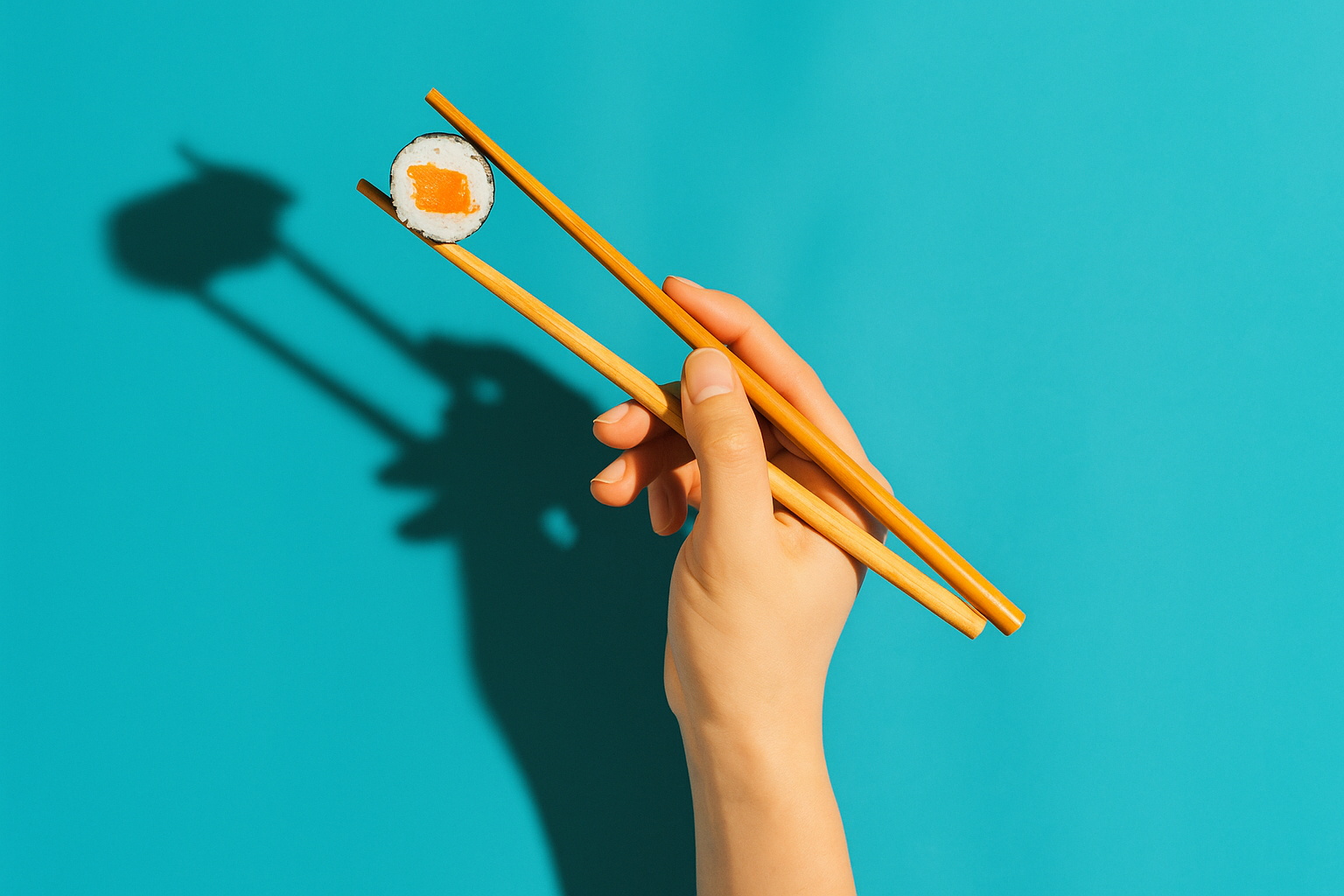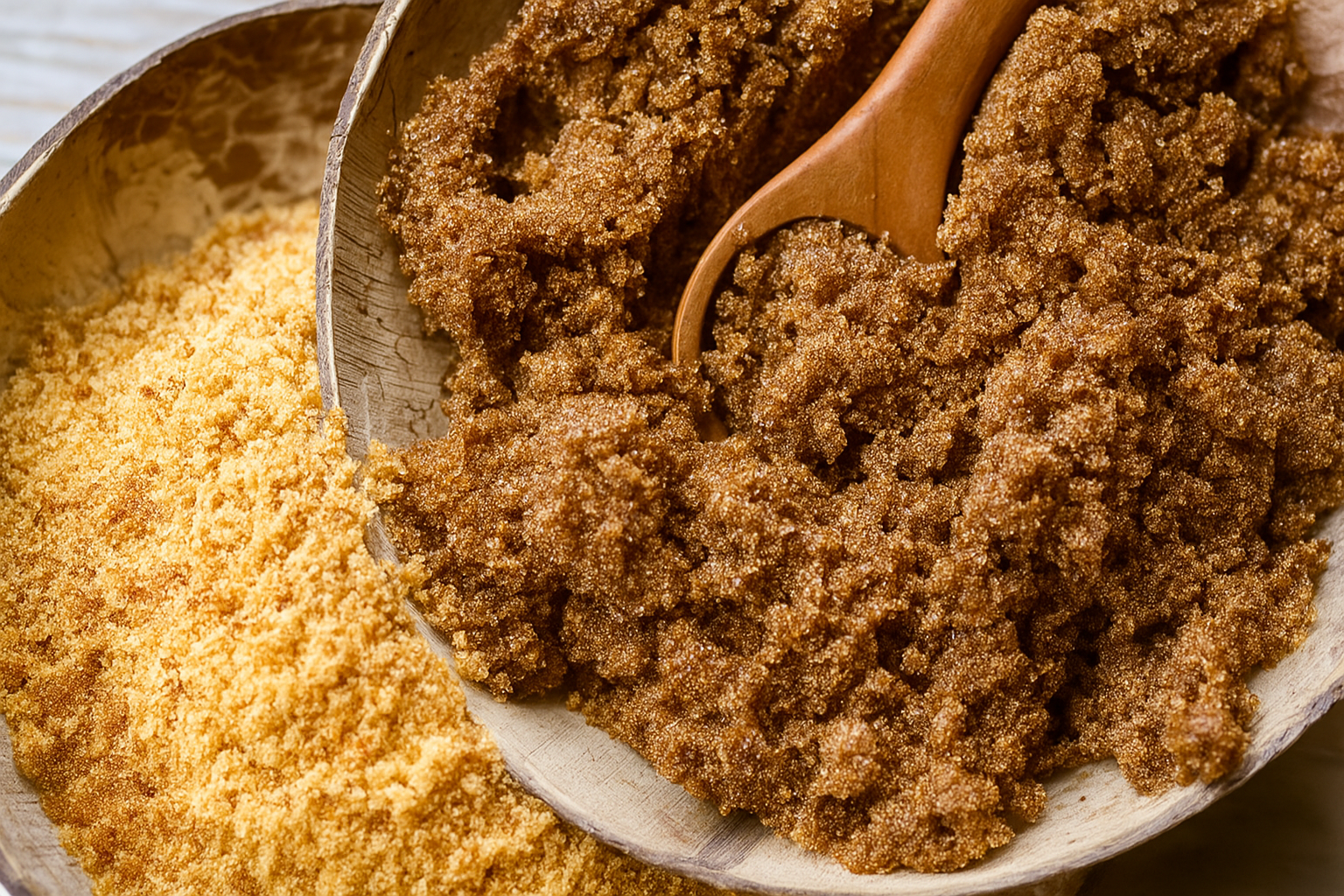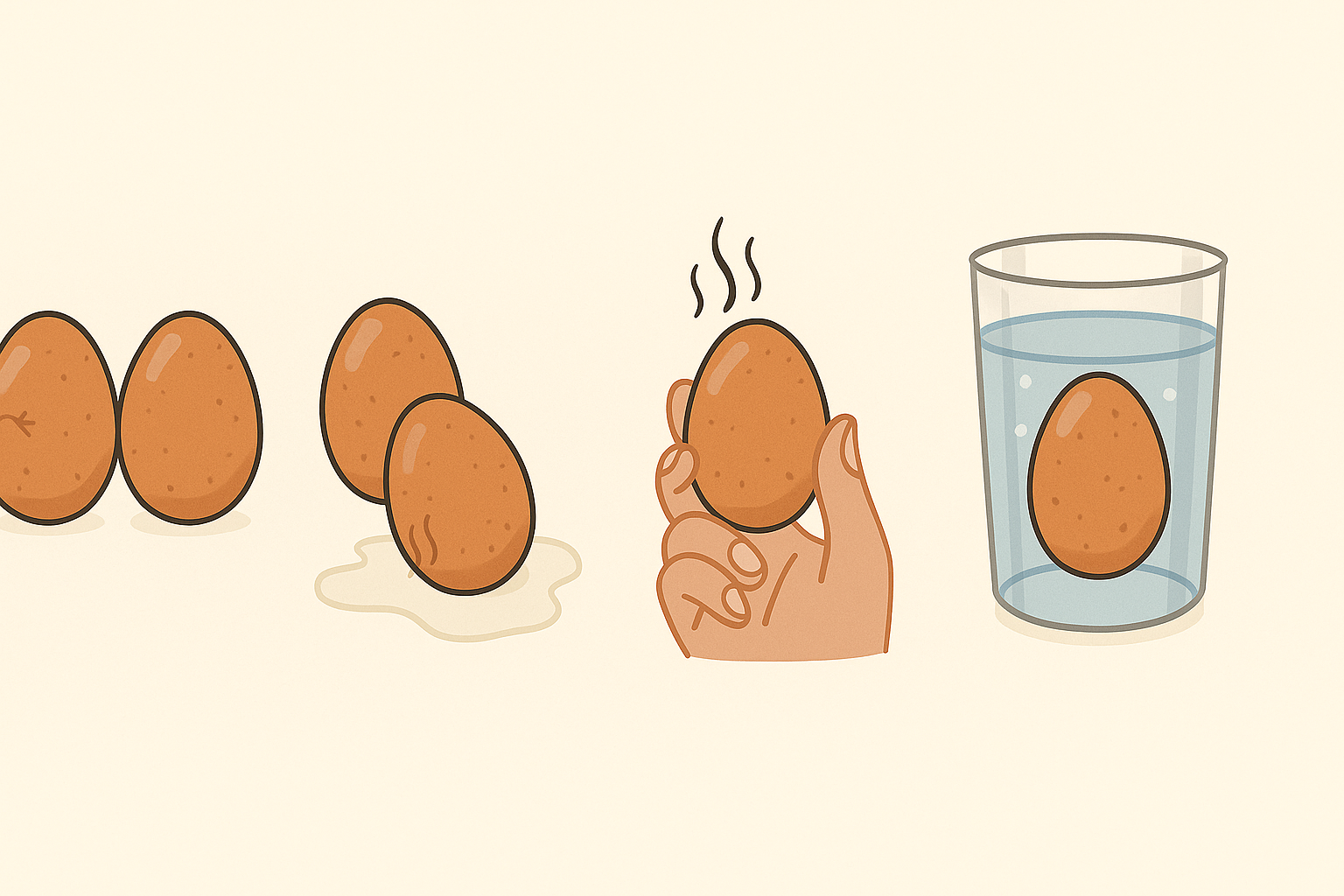.
What Is a Curly Tail Cat?
A curly tail cat is a feline whose tail naturally forms a curl, spiral, kink, or corkscrew shape rather than remaining straight. This curl may appear at the tip of the tail or run through its length. The curl can be soft and loose, or firm and tightly coiled, depending on the breed, genetics, or medical condition.
Causes of a Curly Tail in Cats
Curly tails in cats can result from genetics, breed characteristics, or physical trauma. Here are the main causes:
- Genetic Mutation or Breed Trait
In some cat breeds, a curly or kinked tail is a natural and inherited trait. Just like curled fur or folded ears, the tail’s shape is passed down through generations. - Injury or Trauma
If a cat has had a tail injury—especially as a kitten—the tail may heal in a curved or crooked shape. While this doesn’t usually hurt the cat, it’s important to ensure the tail wasn’t broken or damaged internally. - Congenital Deformities
Some cats are born with spinal or skeletal anomalies that cause tail curling. These deformities may or may not affect the cat’s mobility or quality of life, depending on severity. - Genetic Disorders (e.g., Manx Syndrome)
Breeds like the Manx (which typically have short or no tails) may occasionally show curled stubs. However, some of these conditions may come with spinal problems.
Breeds Known for Curly or Kinked Tails
Although curly tails are not common in most domestic cats, a few breeds and regional populations are recognized for this feature:
- Japanese Bobtail
This breed is famous for its “pom-pom” tail that curves like a corkscrew. The curl is genetic and considered a breed hallmark. - American Curl
While this breed is better known for its curled-back ears, some American Curls may also have slight kinks or curves in their tails. - Oriental Breeds (Thai Cats, Siamese)
Traditional Siamese and Thai cats have been observed with kinks in their tails, believed to be a result of ancient genetics. - Kurilean Bobtail
This cat has a short, curly tail with strong muscles—making it both functional and decorative. - Mixed Breed or Stray Cats
Sometimes, cats of unknown or mixed heritage develop curly tails due to interbreeding, spontaneous mutation, or historical lineage.
Is a Curly Tail a Health Concern?
In most cases, a curly tail is harmless. However, it’s important to distinguish between a naturally curled tail and one that may result from:
- Injury: If a cat suddenly develops a curl or bend in its tail, it could be due to trauma, like being caught in a door or hit by a car.
- Nerve Damage: In rare cases, tail deformation may signal nerve issues or spinal problems, especially if paired with pain, difficulty moving, or bathroom issues.
- Genetic Disorder: Some curled tails are part of broader skeletal syndromes. Always consult a veterinarian if you’re unsure.
Behavior of Curly Tail Cats
The shape of the tail doesn’t usually affect a cat’s behavior, but the tail itself plays an important role in communication and balance. Here’s what you should know:
- Communication: Cats use tail position to express emotions. Even with a curly tail, your cat may still raise it to show happiness, twitch it to indicate playfulness, or puff it up in fear.
- Balance: The tail acts like a rudder, helping cats land gracefully when jumping. A curved tail doesn’t usually hinder this function unless it’s severely deformed.
How to Care for a Curly Tail Cat
Caring for a curly tail cat is mostly the same as caring for any other feline, but here are a few tips:
- Check for Pain or Sensitivity: Gently feel the tail to ensure there’s no discomfort, swelling, or abnormal lumps.
- Monitor Tail Movement: Make sure the cat can wag, lift, or flick its tail. Limited movement may need vet attention.
- Avoid Tail Injuries: Curled or kinked tails may be more vulnerable to getting caught or bumped.
- Regular Vet Visits: Keep up with check-ups to detect any neurological or orthopedic issues early.
- Comfortable Environment: Provide soft bedding, vertical space for climbing, and safe areas to prevent accidental tail injuries.
Fun Facts About Curly Tail Cats
- In some cultures, a cat with a kinked or curly tail is considered good luck.
- The Japanese Bobtail has been associated with fortune and prosperity in Japanese folklore for centuries.
- No two curly tails are alike—they are as unique as fingerprints!







Leave a Reply